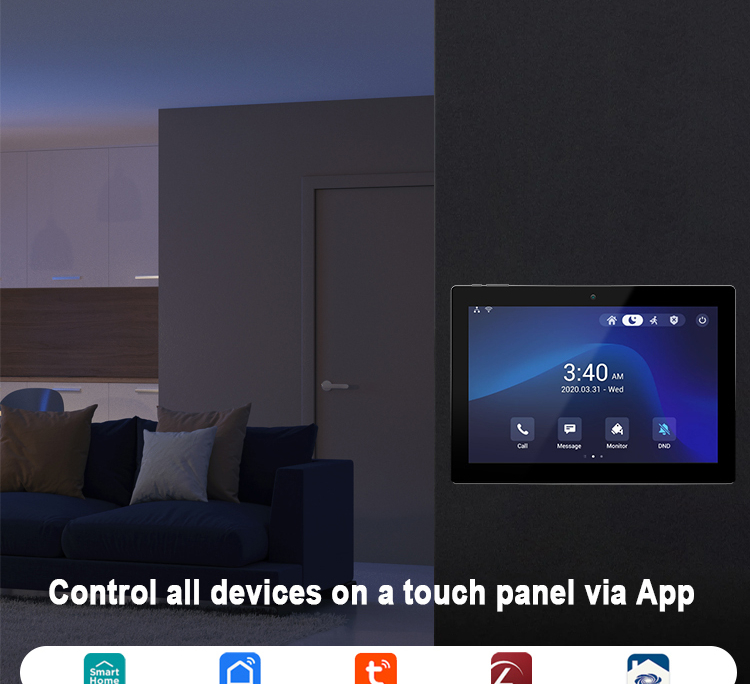Interactive touch screen information understanding
In today’s digital age, interactive touch screens have become an integral part of various sectors such as education, business, and entertainment. This article discusses the definition, pricing, features, usability, compatibility, and protocols related to interactive touch screens.
Definition
An interactive touch screen is a display that detects touch and responds to user interactions. These screens can recognize gestures, taps, and swipes, providing users with a more direct and intuitive way to interact with digital content compared to traditional screens that rely on a mouse or keyboard.
Pricing
The price of interactive touch screens can vary due to several factors:
– Small panels : These typically range from $100 to $300, ideal for smart home or personal use.
– Medium panels : Prices usually fall between $300 and $1,000, making them suitable for schools or small businesses.
– Large panels : These can range from $1,000 to $5,000 or higher, depending on the technology and customization options.

The application of interactive touch screen in smart home
Factors affecting the cost include brand, size, resolution, multi-touch capabilities, and additional features such as built-in software. Thus, organizations and individuals should carefully evaluate their needs and budget before making a purchase.
Features
Interactive touch screens come with various features that enhance user experience. These screens allow real-time interaction, making them perfect for educational settings, presentations, and collaborative workspaces. Users can annotate documents, present information dynamically, and facilitate group discussions. Many interactive touch screens also support multimedia, enabling users to display videos and images seamlessly. Internet connectivity allows users to access online resources and interactive applications, further extending the device’s functionality.
Usability
One of the key advantages of interactive touch screens is their practicality. They simplify workflows by integrating multiple tools into a single device. For example, users can rely solely on an interactive touch screen for presentations and brainstorming instead of using separate projectors, whiteboards, and computers. In classrooms, teachers can engage students by allowing them to interact directly with the lesson material, which can boost engagement and retention. Additionally, their ease of use makes them suitable for users of all ages and technical skill levels.
Compatibility
Interactive touch screens are designed to be compatible with various operating systems and devices. Most screens support Windows, macOS, and even some mobile operating systems like Android and iOS. This compatibility ensures that users can seamlessly connect their laptops, tablets, or smartphones. Many interactive touch screens also allow screen mirroring and wireless connections, enhancing their usability in different environments.
Protocols
To ensure smooth operation and communication with other devices, interactive touch screens utilize various protocols. Common protocols include USB HID (Human Interface Device), allowing easy connection to computers. Many screens also support network protocols like TCP/IP , enabling users to remotely control the screen and connect it to other network devices. Additionally, support for standards like Miracast and AirPlay means users can wirelessly share screens without the need for additional software.
Portworld
a smart touch screen manufacturer, ensures product quality from raw material processing to final assembly. We also offer customization options for various applications. For more information, feel free to consult our customer service team—your satisfaction is our priority.


